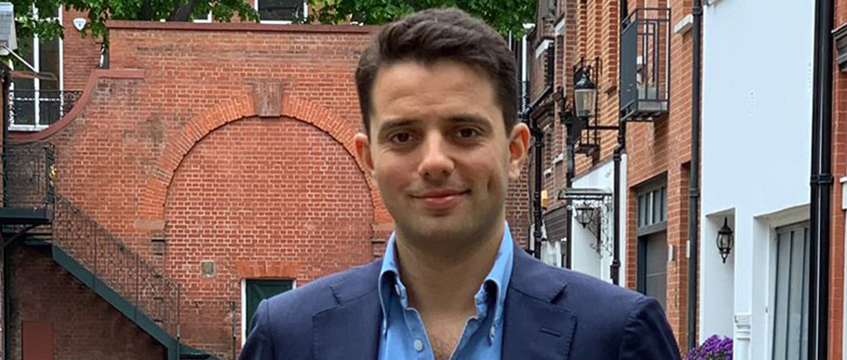The latest member of the Barclay family to enter the real estate industry does not believe the office is dead. But plenty of sites are under the weather, he says – and he believes his new investment firm has a chance to deliver the right tonic.
Andrew Barclay’s Dashwood Properties has £100m to spend on unloved, inefficient offices that he thinks can be turned around and made attractive to an increasingly demanding tenant base.
He says: “The opportunity is there for new landlords with a new mentality and new psychology to say ‘our business here is to serve our tenants’.”
Last year Barclay bought the four-storey 30 Lighterman office block in King’s Cross, N1. The company has since upgraded the space and found new tenants even in the depths of last year’s economic uncertainty. The latest letting at the office was signed in the fourth quarter, which Barclay describes as “peak hysteria over macro events and a very negative sentiment in the market”.
“The underlying data shows you can get really strong rents and there’s great demand,” says Barclay, whose grandfather was the late Sir David Barclay.
He is now eyeing other offices in London having raised funds from backers including overseas property investors and a boutique private bank.
He says: “If you’re not a speculative investor who is trying to get in and get out and trying to ride the waves in the market, now is a brilliant time to be looking to grow a business and be aggressive in the space.”
A laser focus
Dashwood will be “laser focused” on offices and plans to deploy its initial raise into four or five assets before considering further fundraising and a possible move into regional cities across the UK, Barclay says.
He is eyeing sites of 20,000-30,000 sq ft and wants to angle Dashwood’s properties toward the SME market and mid-size corporate tenants.
“This feels like a niche where we can be proactive,” he says. “I’d prefer to focus on boutique schemes that have less appetite from developers, where we can go and do an outstanding job.”
Buildings need to be looked at as “customer service businesses, not purely an asset that produces income”, he says, adding that companies such as his must show a greater understanding of tenants’ needs.
“We’re going through a time where there’s changing working patterns and changing demand from tenants. They want their space to look different and be delivered in a different way,” he says.
Retrofit v redevelopment
Barclays wants Dashwood to be an “evergreen” landlord he says, focused on long-term income rather than a strategy of flipping assets.
“Many landlords haven’t caught up with the reality that their building is more like a hotel,” he says. “Each floor, each tenant needs to be loved and cared for, as opposed to the more traditional mentality whereby you hand the keys over and see them again in 10 years.”
Setting parameters for which assets to invest in and whether to retrofit or redevelop them is straightforward for Barclay. “The strategy is opportunity-led – there really isn’t anything that we wouldn’t do,” he says. “We’re not a fund, so we don’t have time pressure to deploy capital and we don’t have a strict criterion to deploy against which means we can be quite entrepreneurial in our targets.”
That is a luxury many asset owners will not have, Barclay knows, and one that could give his company an advantage. “There’s a wave of refinancings happening at the moment at levels where the new cost of capital makes the building’s current owners commercial position unviable,” he says.
The costs of bringing buildings with low energy efficiency and EPC ratings up to scratch is also set to challenge some owners. The “costs of environmental upgrades that are required combined with the downward pressure on rents and the increased cost of interest and debt” will both impact valuations and put off some investors, he predicts.
To send feedback, e-mail chante.bohitige@eg.co.uk or tweet @bohitige or @EGPropertyNews











